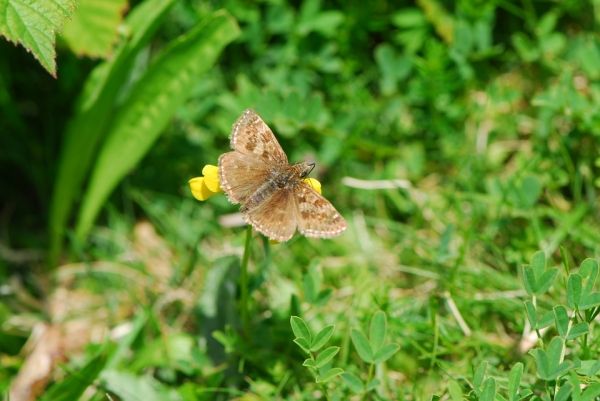Conservation management around the margins of agriculture fail to protect butterfly species at greatest risk from the intensification of farming, a new study says.
The research, from the University of York, says the subsidised schemes are likely to help common, more mobile grassland species like the Ringlet (Aphantopus hyperantus) or the Meadow brown (Maniola jurtina) but not rarer species like the Duke of Burgundy (Hamearis lucina) or the Dingy skipper (Erynnis tages).
Grassland
Agri-environment schemes financially reward farmers managing land in ways which aim to reduce the environmental impacts of agriculture. Common options include setting aside small areas of land out of production, including leaving grassland strips at the edges of agricultural fields.
The study examined whether these strips helped support insects including grassland butterfly populations. It used ecological models to look at whether the schemes improved butterfly survival locally and also if set aside land helped species expand their range and move across landscapes. This expansion is important so that species can move in response to climate change.
Read more at University of York
Photo Credit: AGBCSX via Pixabay


